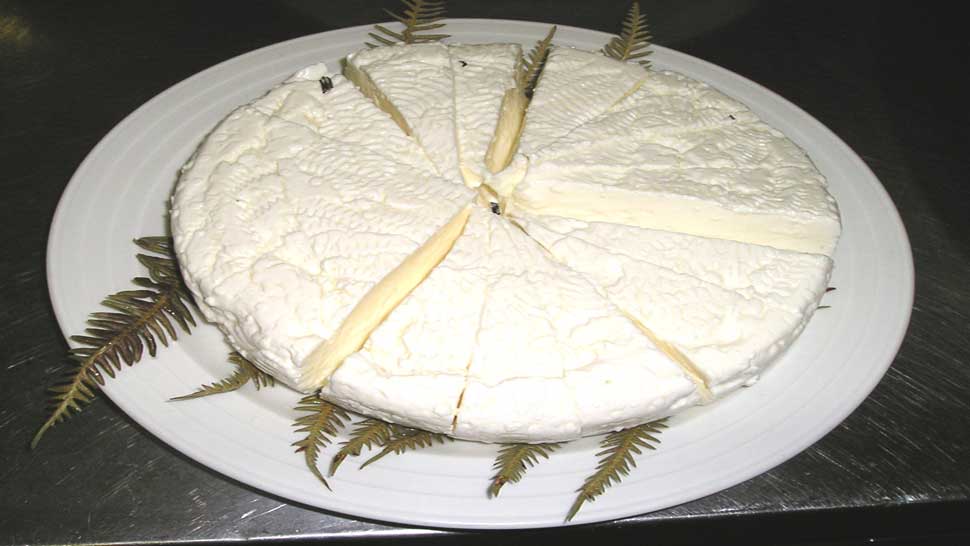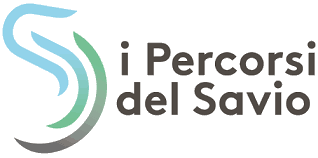| Title | Modified Date |
|---|---|
| Scopri il territorio | 14/03/17 |
| Ospitalita | 10/02/17 |
| Musei Gallerie | 22/03/17 |
| Header_footer | 01/02/17 |
| Dove Dormire | 14/03/17 |
| Borghi | 22/03/17 |
| Arte e Cultura | 14/03/17 |
| Alberghi tre stelle | 16/01/17 |
| Alberghi Quattro e Cinque Stelle | 10/02/17 |
| Alberghi 4 stelle | 16/01/17 |
| Alberghi 2 stelle | 18/01/17 |
| Alberghi 1 stella | 18/01/17 |
| Agriturismo | 18/01/17 |
| Abbazie Monasteri Santuari | 14/03/17 |
| bdr_2016 | 17/10/16 |
| test | 06/12/16 |
| smc-content | 15/12/16 |
Back
Raviggiolo - prodotti tipici

Raviggiolo
Description
Raviggiolo - recognized as Slow Food and typical product of the Tuscan-Romagna Apennines - caresses your palate: a sublime but simple fresh cheese made from raw milk, slightly acidic but light, white and soft. It should be eaten fresh.
This cheese is produced between October and March in homes and small farms, therefore production is limited. It is produced by adding rennet to hot milk, from cow's or sheep's milk (some producers add small quantities of goat's milk to strengthen the flavor). After about an hour, the curd is placed on plastic or wicker mats or on fern leaves without breaking it and the whey is left to drain overnight. In the morning it is slightly salty and the next day it is ready, with its typical fragrant and buttery flavor. It lasts only a few days in the refrigerator and must be purchased directly from the area in which it is produced, i.e. an area limited to the Tuscan-Romagnolo Apennines, between the Savio and Tramazzo valleys in Romagna and the Sieve and Tiber valleys in Tuscany.
To fully appreciate its quality, you should eat this fresh cheese, perhaps as a snack between meals. Remove from the fridge a few hours before serving. It is ideal with fried polenta. It should be combined with a light and slightly sparkling white wine.
Pellegrino Artusi, in his famous volume "Science in the kitchen and the art of eating well" (The science of cooking and the art of good food) (1891) mentions Raveggiolo cheese as an ingredient for the filling of typical Romagna cappelletti, while Manzoni, who loved this cheese, made Renzo eat on his return from his misadventures in Milan.
According to historical documents, it can be traced back to the 1500s when some raviggioli - even then considered a delicacy - were brought as a gift to Pope Leo X. After centuries of abandonment, Raviggiolo now appears on the menus of the best chefs and starred restaurants thanks to breeders and producers who work in the Apennines.
Wed, 27 Mar 2024 10:42:53 +0000











 Facebook
Facebook Instagram
Instagram Youtube
Youtube